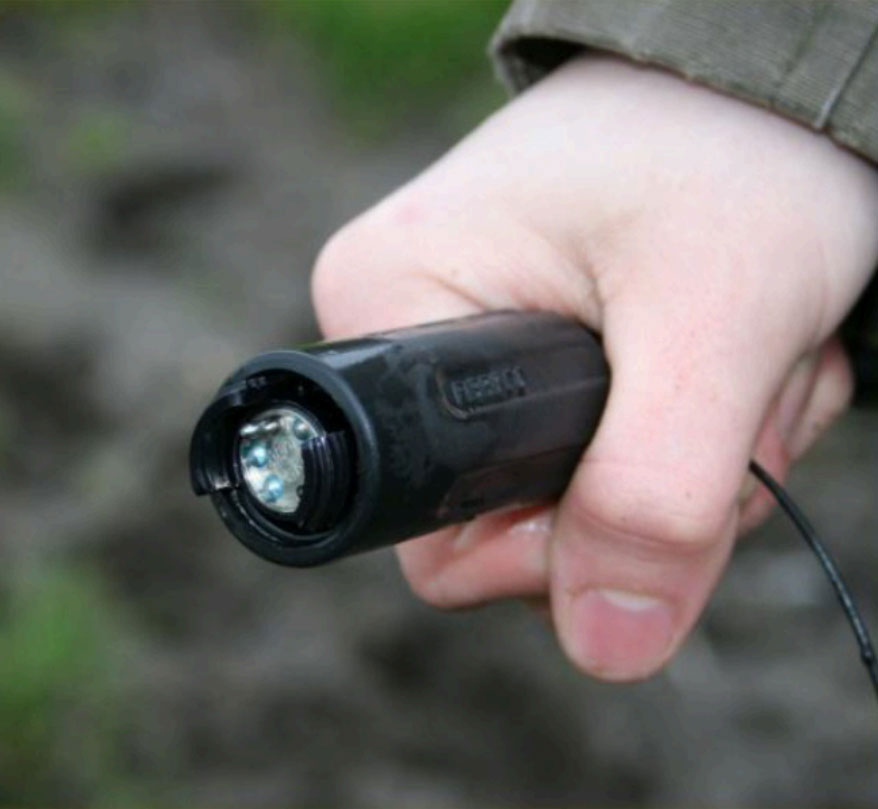Maintaining Optical Integrity of Expanded Beam Connectors
Traditional physical contact connectors, originally designed for datacom and telecom applications, are susceptible to damage in harsh environments such as defense, aerospace, Industrial, and other applications that demand resilience, long life, and consistent optical quality. Connectors must withstand extreme temperatures, moisture, shock, dust, and vibration, especially when unmated, as exposed fiber end-faces are vulnerable to contamination.
Benefits of Expanded Beam Connectors
Expanded beam connectors offer a durable, low-maintenance, and high-performance solution for harsh environments, making them a reliable alternative to physical contact connectors.

They use a non-contact approach with sealed lenses to reduce sensitivity to dirt and enhance reliability, even in challenging conditions. An air gap between mated lenses further protects against damage from debris during operation or vibration, making expanded beam connectors the preferred option for applications requiring resilience, long life, and consistent optical quality in harsh environments.
Physical contact connectors also require careful cleaning, as untrained personnel or incorrect cleaning materials can damage them. Expanded beam connectors, on the other hand, do not require disassembly, special tools, or cleaning materials. They can be easily cleaned without risk of damage as you will see below.
Expanded Beam Connector Cleaning Example

Step 1. Assess the Environment:
Before cleaning, assess the environment to understand the type of contaminants the connector might have encountered. This could include dust, mud, or other debris. Even without the dust cap fitted, and immersed in mud the plug connector is fully sealed.

Step 2. Inspect the Connector:
Look over the connector to identify any visible contaminants. If there is significant dirt or debris, it's important to clean the connector before further use or disconnection. Mud will not cause damage to the insert, unlike a physical contact connector would likely be destroyed.

Step 3. Initial Cleaning with Water:
If the connector is heavily soiled with mud and debris, perform an initial cleaning by rinsing it with water. Use a hose, bucket of water, stream, or even a muddy puddle to remove the bulk of the contaminants.

Step 4. Remove Loose Contaminants:
After rinsing, if necessary, use a dry lint-free cleaning wipe, swab, or compressed air to gently remove any remaining loose dirt and dust from the connector. Ideally, a clean cloth or tissue is used but, if these are not available, the bottom of your coat will suffice. No damage to the insert surfaces or lenses will occur.

Step 5. Dry and Reconnect:
Allow the connector to air dry or gently dry before reconnecting. This helps to prevent any residual moisture that could lead to signal loss or degradation.

Step 6. Simply, Plug Back In:
The whole cleaning cycle was completed in under 5 minutes. Insertion loss was measured between -0.90dB to -1.15dB (9/125, 4 channels) with an optical time domain reflectometer.
Maintenance Guidelines:
How often you need to check on expanded beam connectors depends on factors such as environmental conditions, usage, and manufacturer recommendations. Regular inspections, at least annually, are common to ensure optimal performance and reliability. Proper documentation of check-ins and cleanings is essential.
Tips for Longevity and Performance
Regular Maintenance Schedule: For consistent reliability, your cleaning frequency should align with environmental conditions and connector usage.
Mild Cleaning Solutions: Protect your connectors by avoiding abrasive cleaners. Instead, use approved, mild solutions when needed.
Connector Caps: Shield connectors from dust and debris during periods of inactivity by keeping protective caps securely in place.
Storage: Extend connector life by storing them in a clean, dry environment when not in use, minimizing exposure to potential contaminants.
Inspection Tools: While visual checks often suffice, use a microscope or magnifying glass, on occasion, for detailed connector end-face inspections.
Verification: Post cleaning, perform a quick functionality check to ensure optimal signal transmission.
Documentation: Maintain a detailed cleaning log, tracking intervals, methods, and observed issues for future reference.
Easy Cleaning Reduces Maintenance Time
Expanded beam connectors offer a durable, low-maintenance, and high-performance solution for harsh environments, making them the preferred choice for applications that require resilience, long life, and consistent optical quality.
Compared to traditional physical contact connectors, expanded beam connectors are less susceptible to damage, require less cleaning, and can be easily cleaned without risk of damage. This makes them an ideal choice for demanding, harsh environment applications in defense, aerospace, IoT, and industrial settings. Start implementing these best practices today, and ensure long-term durability with Cinch's Expanded Beam Connectors

 Optical Technology Connectors
Optical Technology Connectors